Game: “Yomawari Lost in the Dark”
Yomawari: Lost in the Dark
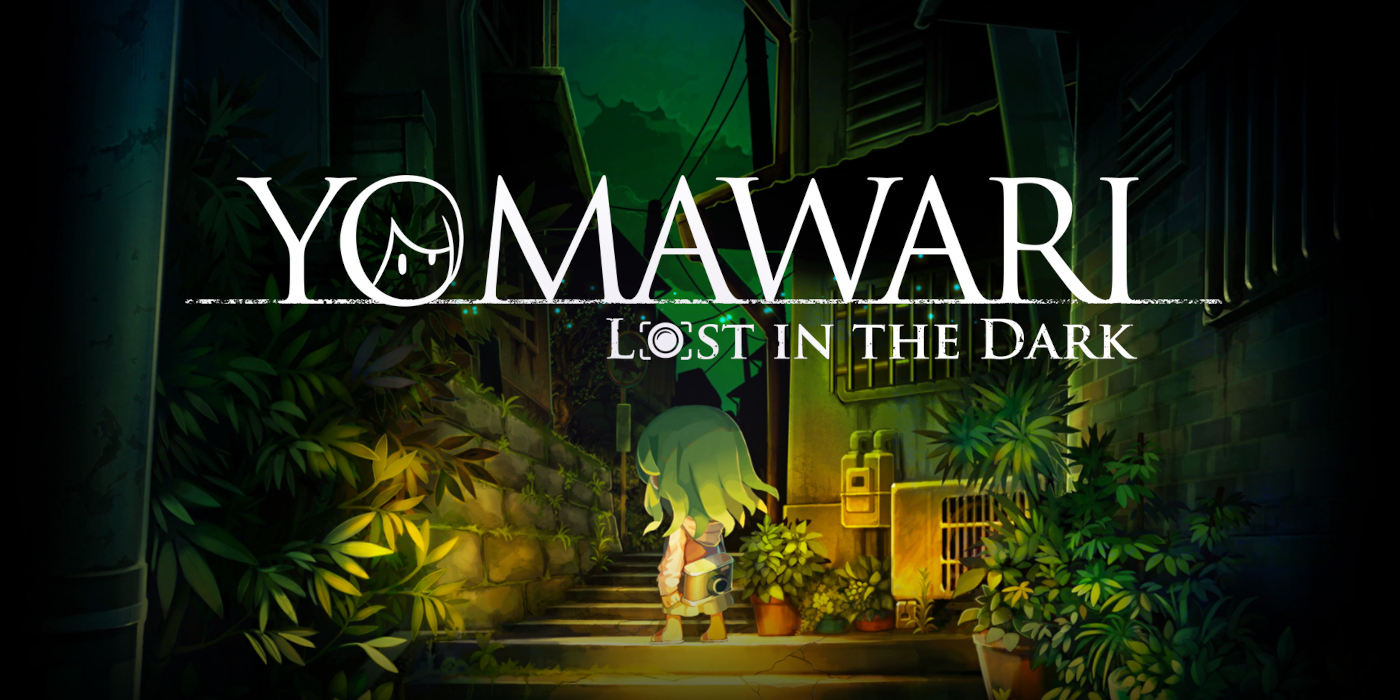

Yomawari: Lost in the Dark is the third in a series of survival games from Nippon Ichi Software, once again pitting a young child against the horrors of a warped and twisted town. As you may have seen in my Beat the Backlog feature, I recently tackled the first two games in the series, and was keen to see what enhancements Nippon Ichi Software had made to the latest instalment of their hand-drawn survival horror.
At A Glance
| Scores | |
| Visuals | 7 /10 |
| Sound | 7 /10 |
| Gameplay | 4 /10 |
| Overall | 5/10 |
| Positives | + Familiar for fans of the first two entries + Continued attractive visuals and immersive sounds + Uptick in storytelling for the final act |
| Negatives | – Very little in the game is new – Gameplay is still achingly slow – Lots of empty space filled with meaningless collectables |
| Price (When Reviewed) | £35.99 |
| Our Playtime | 12 hours 35 mins |
| Version Tested | v1.00 |
| Available On | PS4, Nintendo Switch, PC |
At first glance, Yomawari: Lost in the Dark picks up exactly where Midnight Shadows leaves off – the visuals are immediately familiar and show the same soft polish that were so impressive in the first two games. I was glad to see that the sound design was almost unchanged from those earlier games as well, with the same detailed approach to ambient sound and atmospheric music that, while subtle, helped to carry the mood so well in two previous games as well.
The intro is pretty heavy going, and the trigger warning, conspicuous by its omission in the first two games, is earned early on with references to bullying and suicide. This isn’t unfamiliar territory for the series though; the themes will come as no surprise to returning players, with Yomawari never shying away from this kind of heavy subject matter. In honesty, these dark overtones help to add a much needed grisly edge to a survival horror series whose art style can be quite sweet in parts.
But following the introduction, things began to turn from comfortably familiar to worryingly so.
The set up to the story sees a young girl named Yuzu awaken in a strange forest; with no recollection of how she got there and leaning on the help of a kind stranger in the dark, Yuzu makes her way into town with the mission to restore her memories and unpick the mysteries of the haunted village and her strange companion. Stop me if you’ve heard this one before- Yuzu’s pet helps her in her journey too, as her white cat Mugi guides her around town by fleeing into places of interest in between initiating cutscenes by repeatedly sitting still and crying at you.
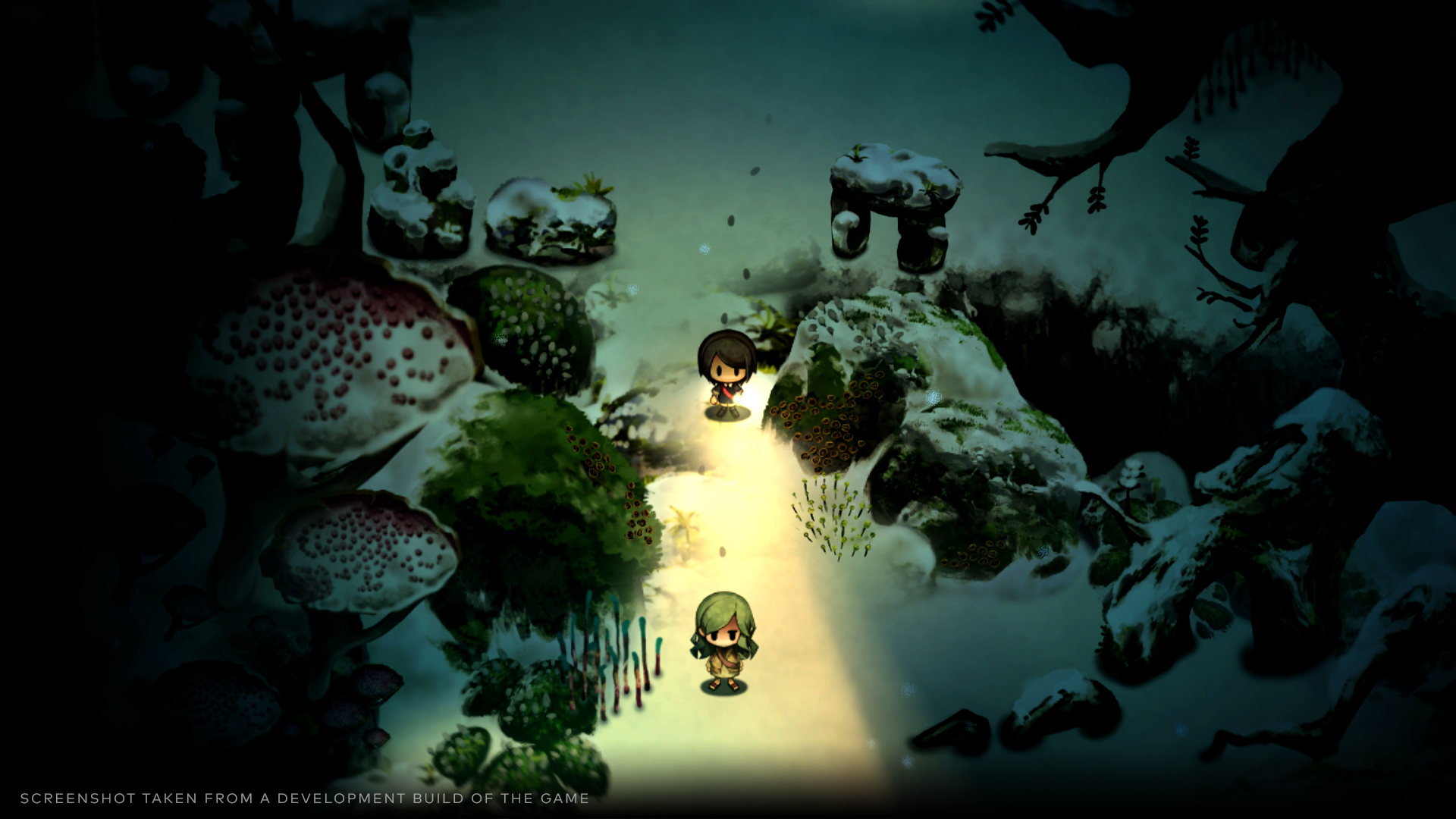
Sadly, the gameplay has hardly changed from the first two titles, to the point that had you told me I was playing bonus material for Night Alone or Midnight Shadows instead of a brand new game, I’d have believed you without question. For those of you unfamiliar with the gameplay of the original two titles, Lost in the Dark sees you control Yuzu as she wanders the town, avoiding a myriad of sometimes creepy, sometimes unintentionally humorous ghosts, by either quickly running away from, or slowly creeping past them. There’s no way to fight back, and the few distraction items you can collect, like paper aeroplanes and rocks, are entirely surplus to the requirements – in fact, I don’t think I’ve used them once across three whole games now.
There are very few new enemies to speak of, and while I could forgive this recycling betweens games one and two, reusing almost everything for a further go around feels less like being frugal and more like being lazy. There are a host of new boss ghosts, most of which are incredibly cool, and this just helps to underscore how much of a missed opportunity not introducing new enemy types is. The map, while also very similar to the ones designed for the first two entries, does have a smattering of interesting new locations, with the haunted ship being a particular highlight for me. The levels do have a slightly more puzzle-based feel to them too, which is a nice departure from the purely dodge-the-baddies formula of the earlier games, and gave the impression of more well planned and polished level design.
The proximity-sensitive stamina gauge returns, meaning that you can (mostly) run around to your heart’s content while you’re alone, but quickly become tired once an enemy is nearby, rather cheaply adding difficulty and significantly slowing your already steady progress. Also making a return are the mountains of collectables scattered across the map; many of them give you snippets of information about the local spirits and macabre goings-on, but often items are strewn around the place just to fill space and give collect-a-holics something to strive for. Besides the odd key or the significant plot items, there’s very little reward to scouring the huge map at a snail’s pace to find everything, unless you’re particularly desperate to unearth all of the tendrils of the story, one line at a time.
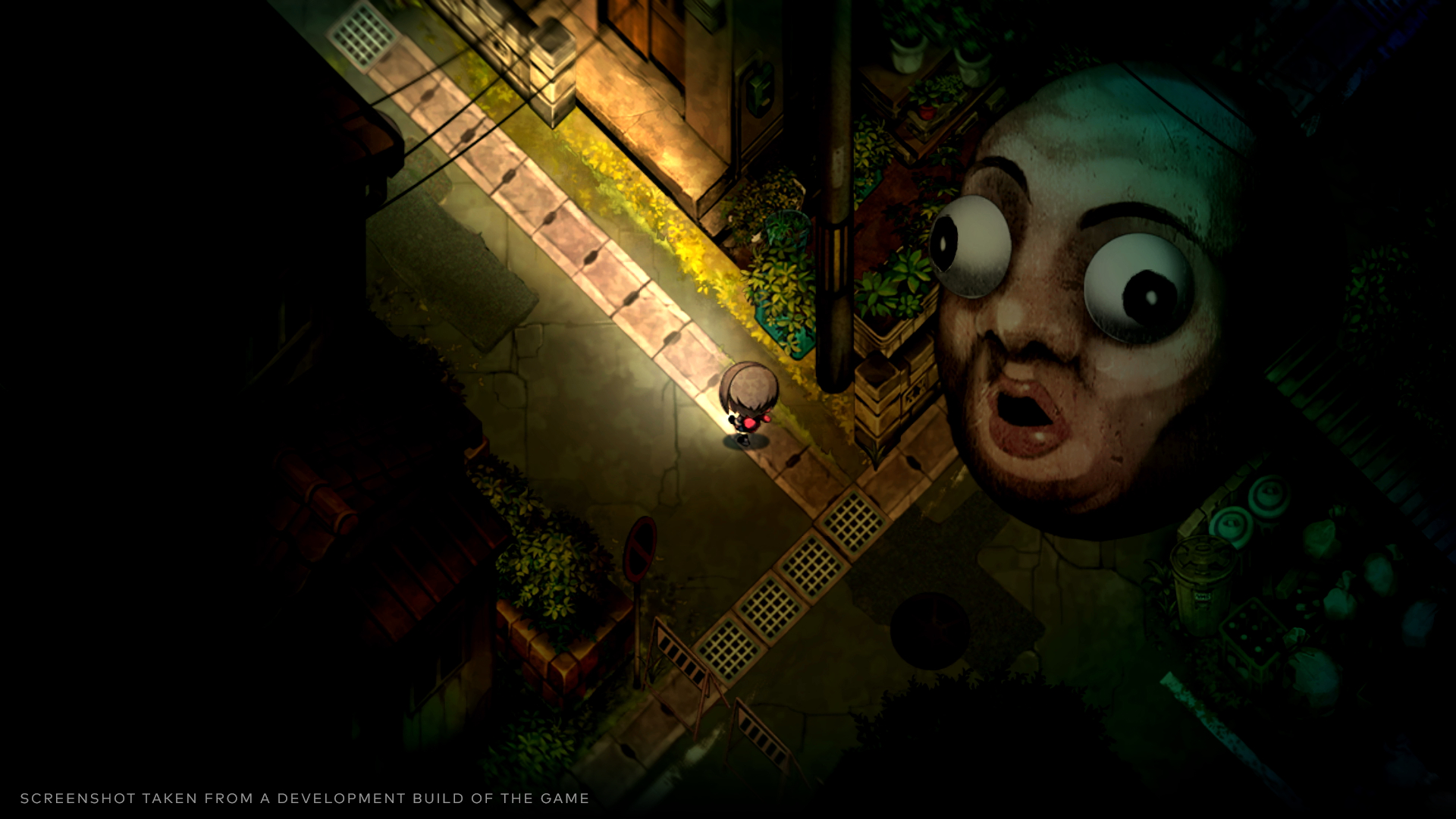
Finding Lost in the Dark’s one significant new feature should be reason to rejoice, but in a twist of cruel irony, it somehow works to exacerbate the games weaknesses rather than create any new strengths. In a feature modified from Night Alone and Midnight Shadows, where your character could hide from bloodthirsty ghosts by creeping into nearby shrubs and covering her eyes, Lost in the Dark allows Yuzu to cover her eyes by holding the shoulder buttons, making her invisible to many of the enemies in the game (because it still seems to remain true that what you can’t see can’t see you either, even if it’s merely inches away).
The difference here is that you can still move around while Yuzu has her eyes covered – the screen darkens and the field of vision shrinks, but you get your heartbeat proximity sensor to help you navigate. The problem is that covering your eyes makes you move -can you believe it- incredibly – and I mean incredibly slowly. While you should feel happy that you can at least continue to shuffle along instead of ducking behind a sign and waiting for the spookster to leave, covering your eyes instead makes you painfully aware of just how slowly you’re going. And leaning into the new mechanic, the ghosts now stay still and make you move past them (instead of the ghosts going on their merry way once they lost you, as in previous games), meaning that Lost in the Dark is made up of long spells of moving slowly, intermittently interspersed by spells of moving glacially. It’s honestly a real shame, because the mechanic might have felt really helpful had the entire game been playable at 1.5x the speed.
So, while there’s very little new to write about from the gameplay side, how’s the latest plot? Well, as I alluded to earlier, it remains true to the earlier entries thematically, but by building the gameplay around the need to find mementos of Yuzu’s life and restore her lost memories, there seems to be much more structure underpinning what was previously a very amorphous plot. Don’t get me wrong – there’s still plenty of unexplained happenings, and even portions that feel half-recycled from earlier games, but the overall story of Yuzu and her mysterious friend is much more well crafted than anything offered up in the first two entries. This is especially true of the game’s final chapter and immediate “post-game”, which caught me entirely by surprise. There’s some fractured storytelling aspects introduced that very cleverly toys with the mechanics, and despite feeling a little fed up by how samey the majority of the game had been, this last portion gave me a good boost of satisfaction and comes as a very nice reward at the end of an overly familiar presentation.
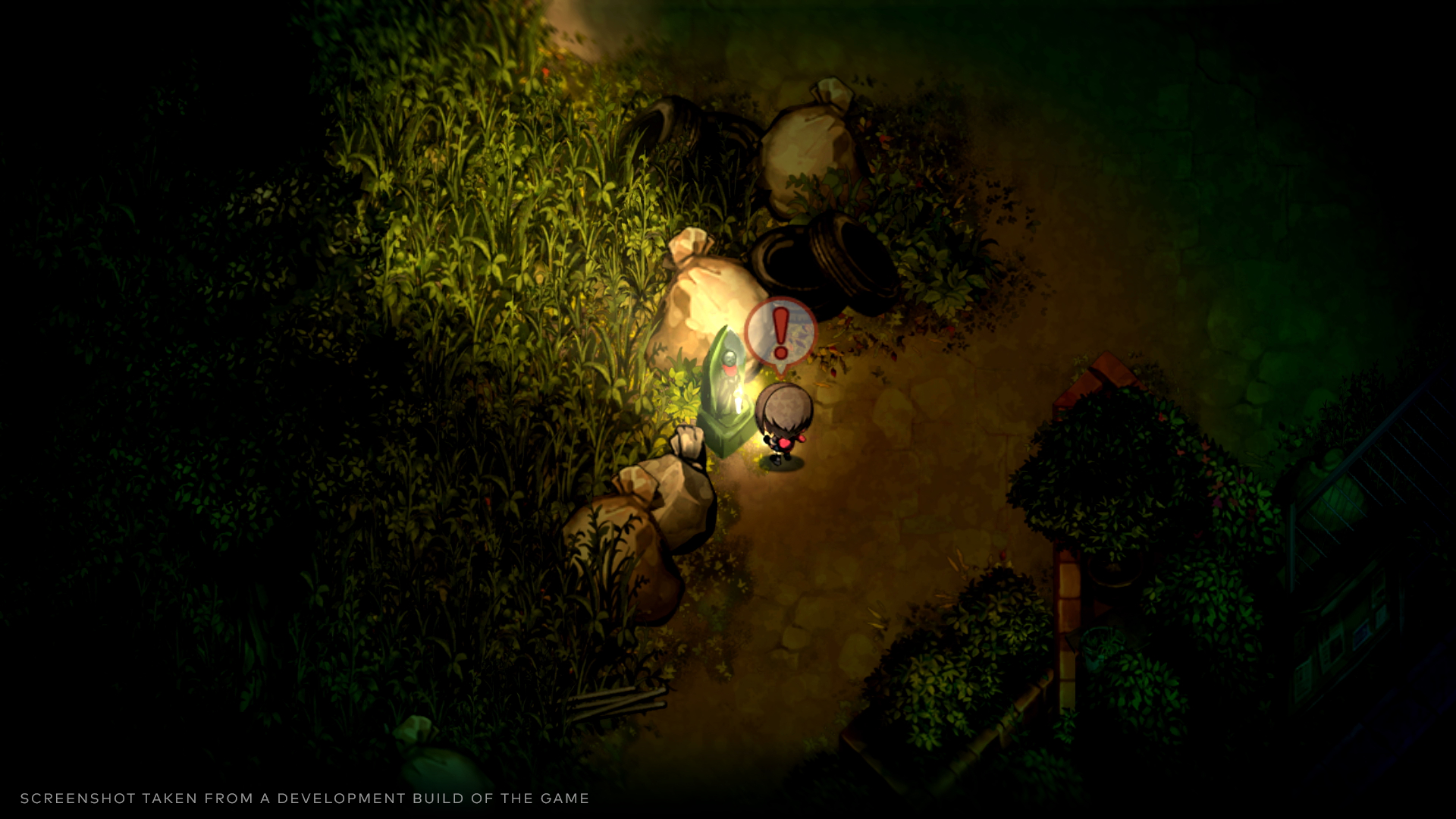
Ultimately, Yomawari: Lost in the Dark shows very little progression from the previous two entries, which is a shame, since the series has tons of potential. While this plot has something of a more meaningful framework and boasts an unexpectedly impressive final chapter, this game continues to be bogged down with the same glacial gameplay and woolly storytelling as Night Alone and Midnight Shadows. Lost in the Dark will be greatly enjoyed by existing fans of the series, as it follows the established formula closely, but those wishing for more than the same pretty hand-drawn graphics and well-rounded sound design will be left disappointed, as there’s been little evolution between entries one, two and three.
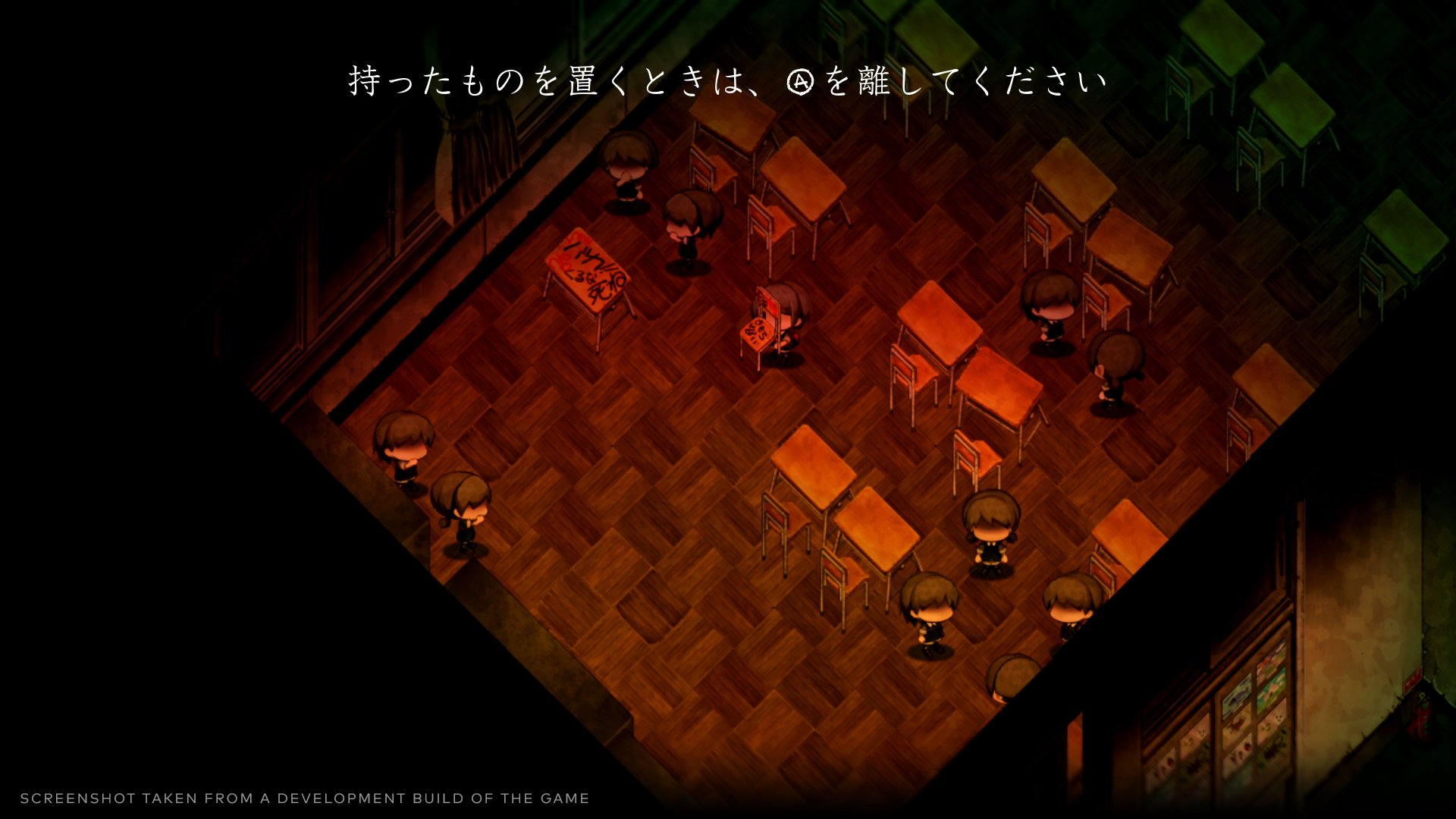
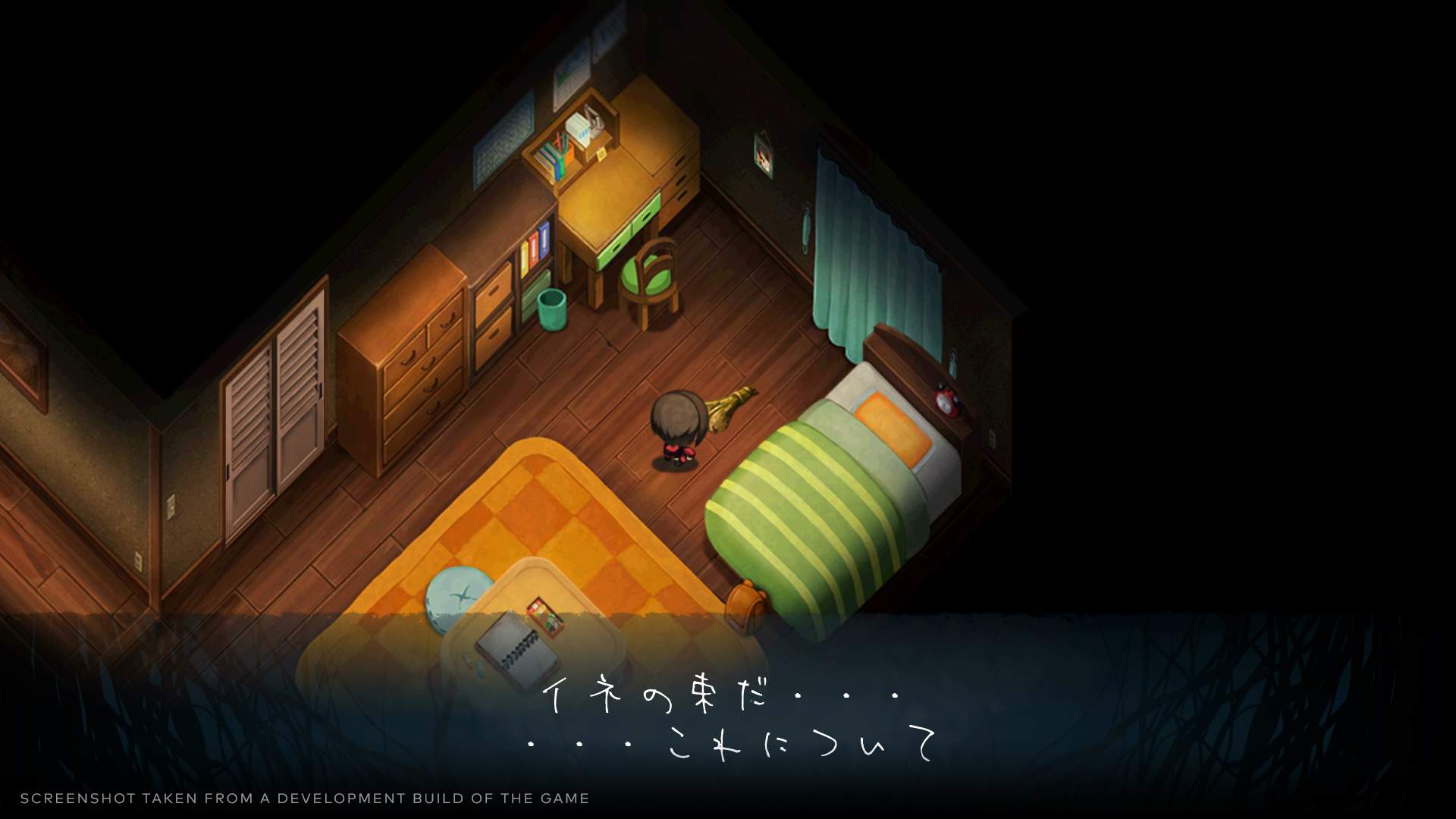
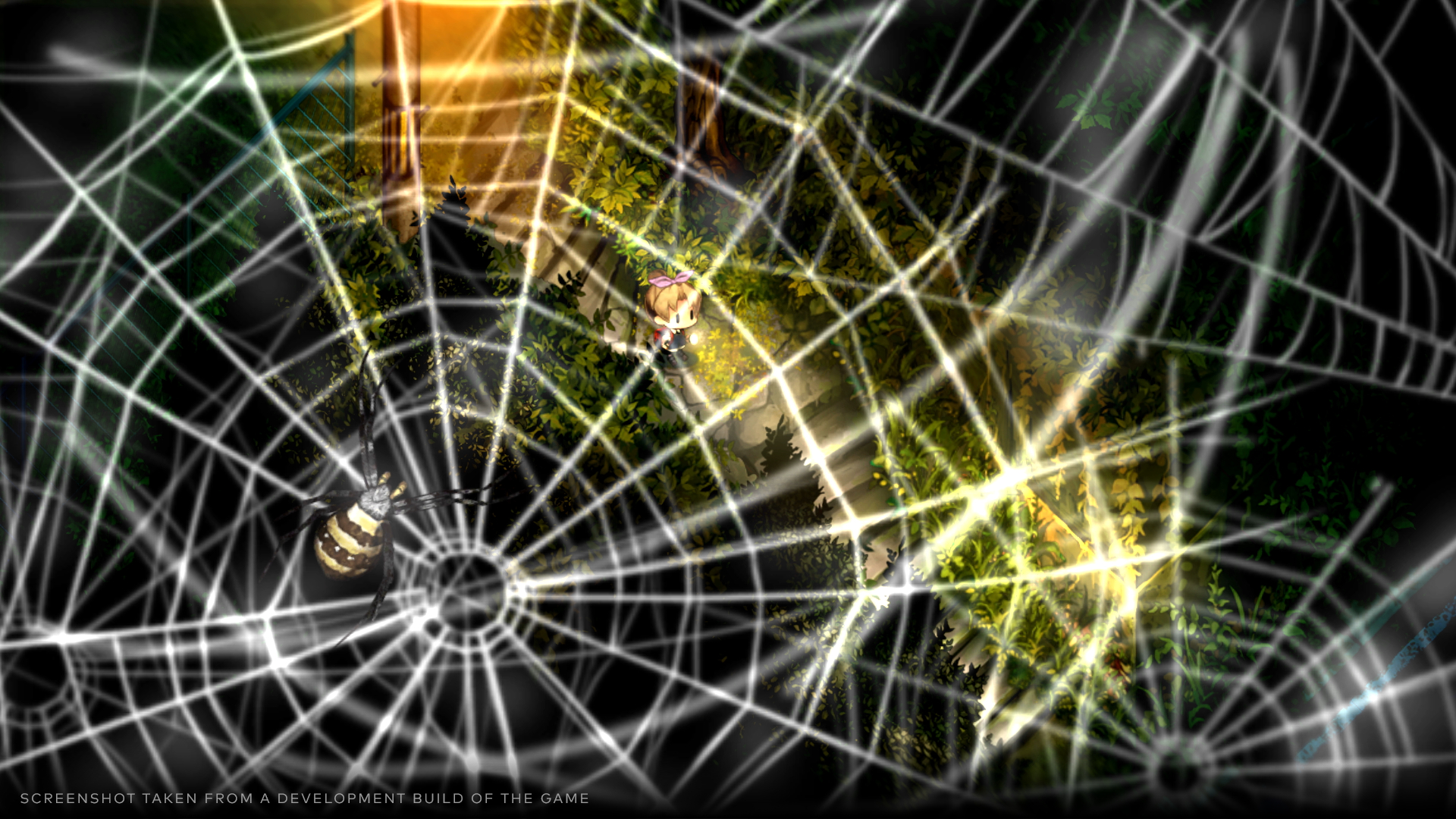

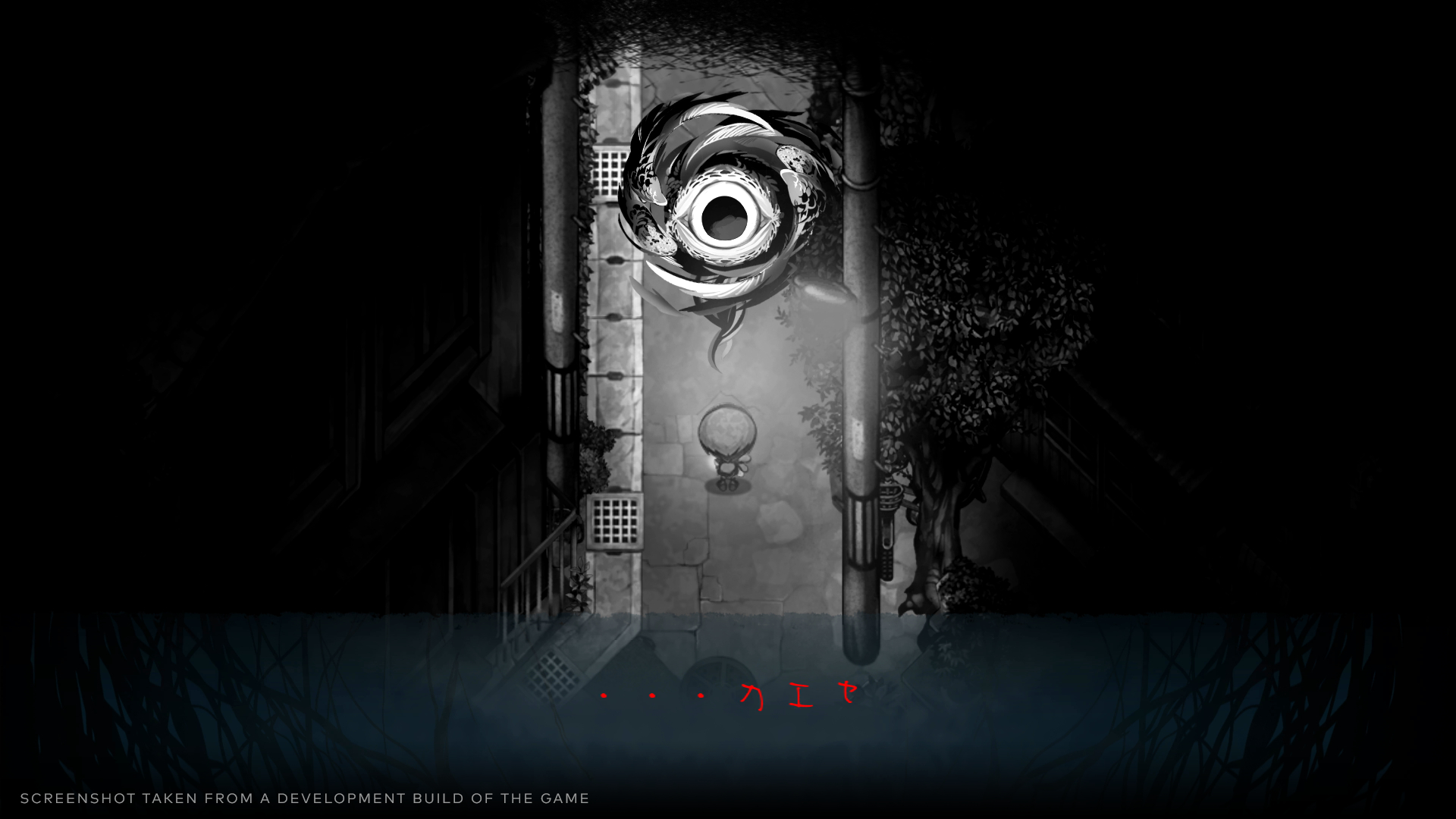

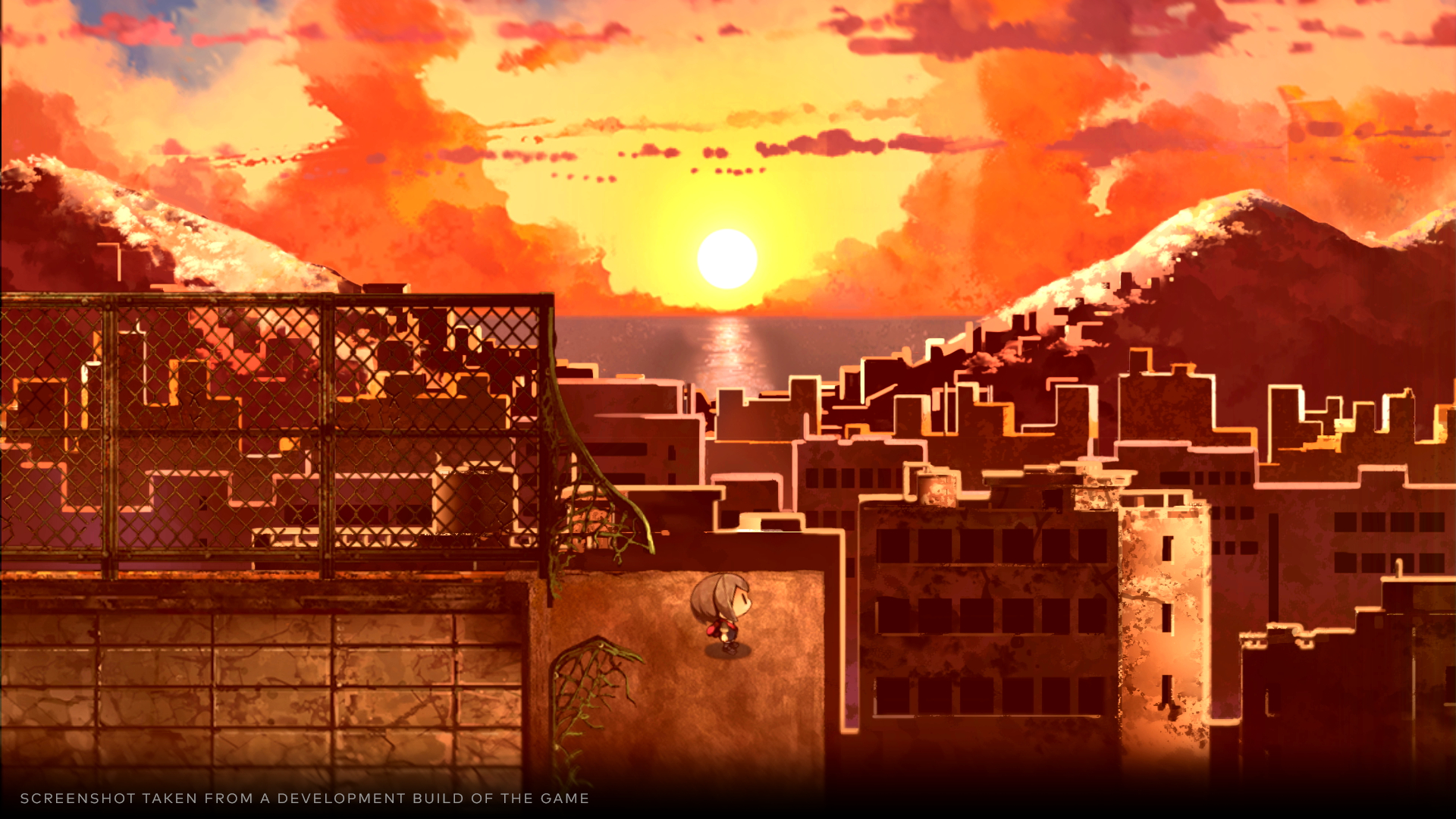

In the interest of full disclosure, VGamingNews was provided with a copy of the game in order to conduct this review.







